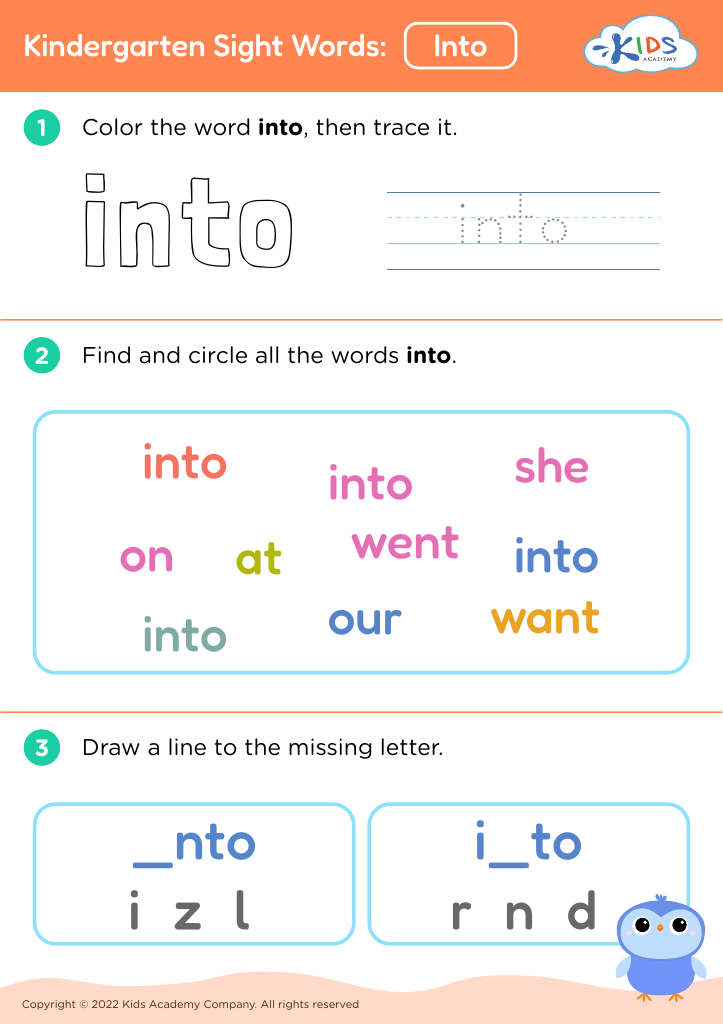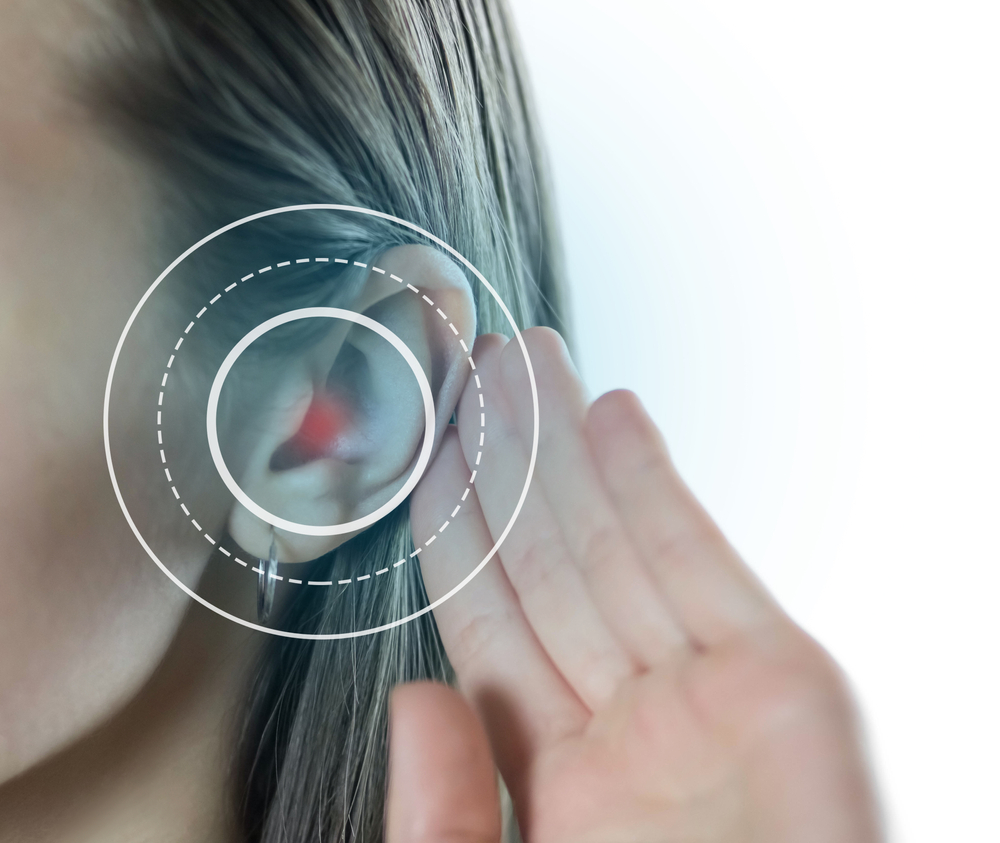Recognizing Patterns Reading Worksheets for Ages 3-7
5 filtered results
-
From - To
Discover our engaging Recognizing Patterns Reading Worksheets designed for children ages 3-7. These worksheets encourage early literacy and critical thinking through fun and interactive exercises that promote pattern recognition. Children will delight in colorful images and simple text, improving their reading skills while developing their ability to identify and create patterns. These resources support childhood learning by making skills acquisition enjoyable and effective. Perfect for home or classroom use, our worksheets foster independent learning and can be tailored to suit various learning styles. Shape your child's educational journey with our expertly crafted materials that lay a strong foundation for future reading success!
Recognizing patterns in reading is crucial for children aged 3-7 as it lays the foundation for literacy development and critical thinking skills. At this early stage, children begin to notice repeating sounds, words, and structures in language, which enhances their phonemic awareness—an essential component for reading fluency. When parents and teachers focus on pattern recognition, they help children identify common sight words and phonetic structures, making reading less daunting and more intuitive.
Moreover, recognizing patterns fosters cognitive skills such as sequencing and prediction. Children learn to anticipate what comes next in a story, aiding their comprehension and engagement. This skill not only boosts their reading ability but also assures them that they have the capacity to decode and understand text.
Additionally, promoting pattern recognition in reading can lead to a stronger love for literature. When children can make connections between books, like identifiable characters or storylines, they are more likely to develop a continuous reading habit.
Ultimately, an emphasis on pattern recognition nurtures language development, boosts confidence, and equips young learners with indispensable tools for future academic success, making it essential for parents and educators to prioritize this skill in early literacy programs.








.jpg)













